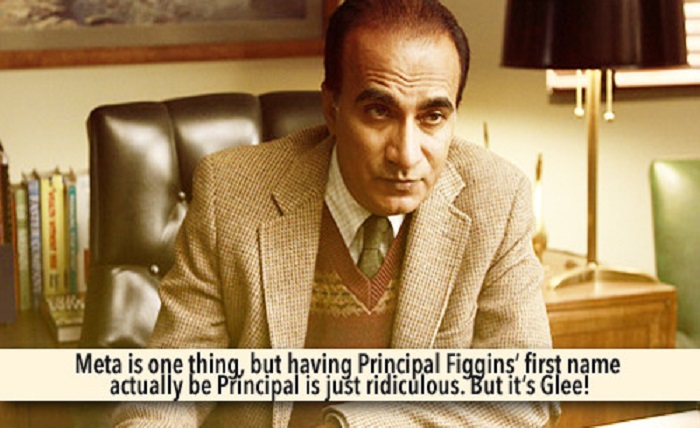Emma argues with Principal Figgins: A case study in student activism and school administration

Emma Pillsbury and Principal Figgins are two of the most iconic characters on the hit TV show Glee. Emma is a guidance counselor and OCD advocate, while Figgins is the well-intentioned but often overwhelmed principal of McKinley High School. In one particularly memorable episode, Emma argues with Principal Figgins over a student walkout she organizes to protest the school’s inadequate climate change education. This confrontation highlights the complex relationship between student activism and school administration, and the delicate balance between authority and individual rights.
The conflict
The episode begins with Emma organizing a student walkout to protest the school’s handling of climate change education. She argues that the curriculum is outdated and does not adequately reflect the urgency of the issue. Emma also feels that the school is not doing enough to support student activism on climate change.
Principal Figgins is initially hesitant about the walkout, but he eventually agrees to allow it to proceed, as long as it is peaceful and orderly. However, on the day of the walkout, Figgins becomes concerned when he sees a large number of students participating. He approaches Emma and tells her that she needs to end the walkout immediately.
Emma refuses to end the walkout, arguing that it is a student’s right to protest. She also points out that the walkout is peaceful and orderly. Figgins becomes increasingly agitated, and he threatens to suspend Emma if she does not end the walkout.
Emma remains defiant, and she tells Figgins that she is not afraid of being suspended. She also accuses him of being more concerned about his own career than about the future of the planet. Figgins is stunned by Emma’s accusation, and he walks away without saying anything.
Perspectives
Emma’s perspective on the conflict is that she is exercising her right to protest and advocate for a cause she believes in. She also feels that the school has a responsibility to provide students with a comprehensive education on climate change, and to support student activism on this issue.
Principal Figgins’ perspective on the conflict is that he is responsible for maintaining order and discipline at the school. He is also concerned about the potential legal liability if the walkout turns violent. Additionally, Figgins feels that Emma is being disrespectful to his authority.
Implications
The conflict between Emma and Principal Figgins raises important questions about the role of student activism in schools. Should students be allowed to protest on school grounds? What are the limits of student free speech? How should school administrators balance the need for order with the right of students to express their views?
The conflict also highlights the importance of communication and understanding between students and school administrators. When students feel that their voices are not being heard, they may resort to more disruptive forms of protest. It is important for school administrators to create a culture of open dialogue and respect, so that students feel comfortable expressing their views and concerns.
Conclusion
The conflict between Emma and Principal Figgins is a complex one, with no easy answers. However, it is a valuable case study for understanding the relationship between student activism and school administration. It is also a reminder of the importance of communication and understanding between students and adults.
FAQs
Q: Why did Emma organize a student walkout on climate change?
A: Emma organized the student walkout because she felt that the school’s climate change education was inadequate. She also wanted to raise awareness of the issue and encourage students to take action.
Q: Why did Principal Figgins initially hesitate about the walkout?
A: Principal Figgins was hesitant about the walkout because he was concerned about the potential for disruption and violence. He was also concerned about the legal liability if the walkout went wrong.
Q: Why did Emma refuse to end the walkout when Principal Figgins asked her to?
A: Emma refused to end the walkout because she felt that it was her right to protest and advocate for a cause she believed in. She also felt that the school had a responsibility to provide students with a comprehensive education on climate change, and to support student activism on this issue.
Q: What was the outcome of the conflict?
A: The conflict ended with Emma and Principal Figgins agreeing to meet to discuss climate change education at the school. However, the issue remains unresolved, and it is likely that Emma and other students will continue to advocate for change.




